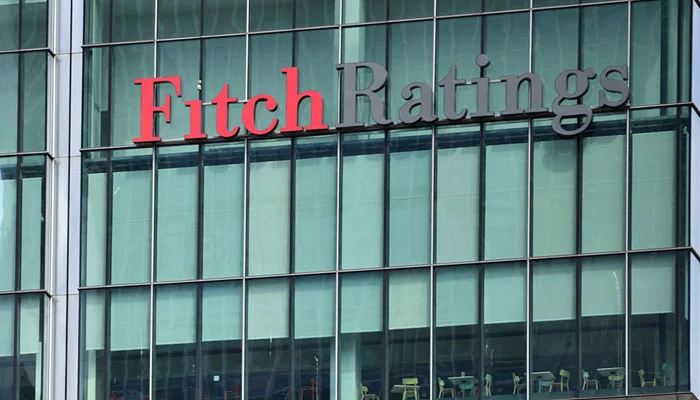Pakistan is making notable progress in restoring economic stability and strengthening its external financial position, according to a recent assessment by Fitch Ratings. The agency emphasizes that continued advancement in structural reforms is crucial for upcoming International Monetary Fund (IMF) program evaluations and sustained support from international lenders.
A key indicator of this positive trajectory is the State Bank of Pakistan’s (SBP) decision to reduce the policy rate to 12% on January 27, 2025. This move reflects significant success in curbing inflation, with consumer price inflation decreasing to just over 2% year-on-year in January 2025, a substantial decline from the nearly 24% average in the fiscal year ending June 2024. Factors contributing to this disinflation include stabilizing exchange rates and stringent monetary policies that have tempered domestic demand and reduced external financing requirements.
The nation’s economic activity is rebounding, bolstered by this newfound stability and lower interest rates. Fitch projects a real value-added growth of 3.0% for the fiscal year 2025. Notably, private sector credit growth turned positive in real terms in October 2024, marking the first such occurrence since June 2022.
On the external front, strong remittance inflows and robust agricultural exports have contributed to a current account surplus of approximately $1.2 billion (over 0.5% of GDP) in the six months leading up to December 2024, reversing a similar deficit from the previous fiscal year. Reforms in the foreign exchange market implemented in 2023 have played a pivotal role in this turnaround.
Foreign exchange reserves have also seen improvement, surpassing targets set under Pakistan’s $7 billion IMF Extended Fund Facility (EFF) and exceeding Fitch’s earlier projections. By the end of 2024, gross official reserves reached over $18.3 billion, equating to about three months’ worth of external payments, up from around $15.5 billion in June. Despite this progress, reserves remain modest relative to funding needs, with over $22 billion in public external debt maturing in the fiscal year 2025.
Fitch acknowledges advancements in fiscal reforms, despite some challenges. The primary fiscal surplus has outperformed IMF targets, although federal tax revenue growth in the first half of FY25 fell short of the IMF’s indicative performance criterion. Additionally, while all provinces have legislated higher agricultural income taxes—a key structural condition of the EFF—the reform’s January 2025 implementation deadline was missed due to delays.
In July, Fitch indicated that positive rating actions could result from sustained reserve recovery, further easing of external financing risks, and continued fiscal consolidation. The agency’s latest assessment suggests that Pakistan is on a promising path toward achieving these objectives.



Comments (0)
No comments yet. Be the first to comment!
Leave a Comment